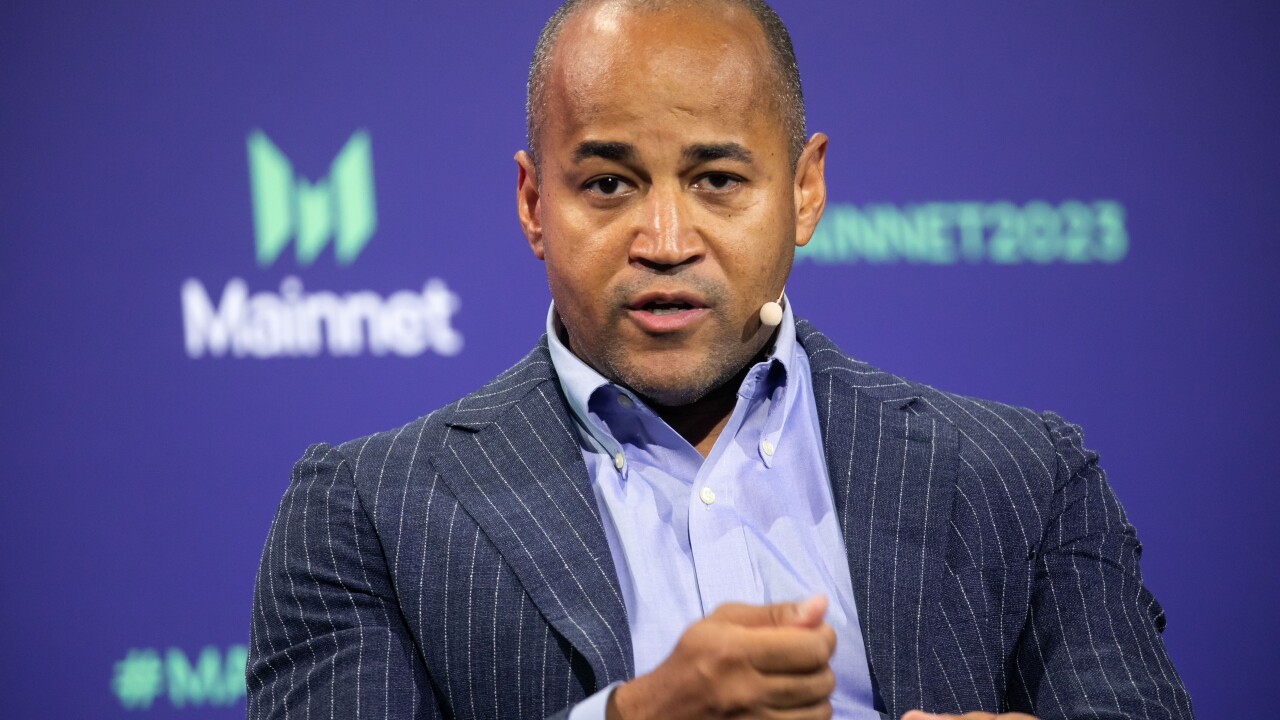Money Management Executive
Portfolio managers can buy all the algorithms they want, but ensuring best trade execution starts with investing in an order management system sophisticated enough to handle them, according to panelists at a forum on buy-side technology sponsored last week by Financial Markets World.
The problem is, though managers are quick to adopt programs that promise the fastest, cheapest trade, few have the tools to evaluate them accurately. This is because, as their strategies change, their software systems do not, and valuable, analyzable data is allowed to escape.
"I look at technology as something to help with the basics," said Bill Conlin, an executive vice president and the chief operating officer at Abel/Noser Corp., a New York brokerage that also offers trade-cost analysis to clients.
"If you can't analyze what it's doing for you, then you're really going to have a problem," he said.
In the hunt for alpha, portfolio managers are often eager to use tools like algorithms that promise them an edge, however narrow, in executing trades.
Fragmenting trades among brokers, and the increased use of options, futures, and derivatives, add to the complexity — and the frenetic pace.
Last, but certainly not least, are the regulations requiring fiduciaries to do it all in a way that most benefits the investor, not the broker or other interested parties.
"Wall Street is great, great, great at one thing: It's good at selling product," Mr. Conlin said. But not enough fund complexes are buying order management systems sophisticated enough to capture enough data for firms to do true trade-cost analysis, he said.
"It is very rare that I find a buy-side client who says, 'OK, this is my strategy. My trading volume has to have an alpha greater than this,' " said David Mortimer, a principal at Vodia Group, a consulting firm with headquarters in Concord, Mass. "Unless you can answer the tough questions, it leaves the rest of the process in the lurch," he said.
Even if each portfolio manager has his own system for analyzing trade cost when crafting the strategy for the fund or group of funds he oversees, fund companies have a hard time comparing strategies and trade costs between managers, or against peers.
"You can't even start to make this type of analysis until you have a system that can capture all the data to do it," Mr. Conlin said in a subsequent telephone interview.
One barrier is cost.
"On the buy side, there is a lack of appreciation o[f] the [research and development] I need to do," said Brett Ginter, the president and founder of Smart Consulting in Chatham, Mass. Because buy-side firms lack technology departments robust enough to build internal systems that can capture the increased forms and volume of trade data needed firm-wide, they look to vendors.
Few vendors, however, have invested the capital and resources to develop such programs because, to date, demand has been slack. "There is no economy of scale there," Mr. Ginter said.
The lack of demand stems from fund companies' diverse needs, Mr. Mortimer said. Each fund family has its own rules, standards, culture, and lexicon, so many believe the only answer is a fully customized system. The issue then returns to cost.
Because replacing order management systems is so significant an activity, a first-mover aversion, rather than advantage, also exists. "There is a certain fear and uncertainty," said James T. Leman, principal in charge of capital markets operations at Westwater in New York.
But this might soon change, as regulators pay more attention to best execution. Besides being tagged as a key focus of Securities and Exchange Commission sweep exams, best execution is also at the heart of the recently adopted Regulation NMS, which takes effect in July. This rule requires all automated exchanges to list offers with the best price at the top of the screen and brokerages to execute from the top down, ensuring they get the best displayed price for investors.
Vendors have responded with programs and tools that help companies analyze the markets where they have gotten the best price, which many legacy order management systems are unequipped to do.
Such scrutiny may increase demand, and prompt vendors to develop systems that can capture the data for all types of analysis of funds, their peers, and their complexes.
The result could be a shift from a hunt for tools promising the cheapest, quickest execution to ones that offer a true evaluation of the strategies being used. "I sometimes wonder if everyone isn't too focused on trade cost," said Michael Boyd, a vice president at Kabrik Trading in New York.
Taking a more firm-wide approach may uncover efficiencies between funds or among managers that, if captured, would truly improve execution previously called "best."
"If whatever your initial idea was is flawed, everything else goes out the window," Mr. Boyd said.





